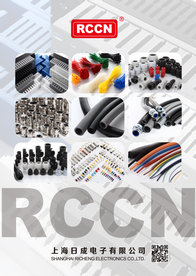knowledge about wiring duct
Cable duct systems are used to route, protect and conceal data, voice, video, fiber optic or power cabling. Electrical wiring
of building structures for distribution of electric power generally requires specially insulated wires and/or passing of the insulated wires through a suitable protective conduit. The wiring system is generally enclosed within the wall structure between suitable outlet and power connections. Wire ducts allow custom installation and can be provided within walls or more preferably provided on external surfaces, allowing ready access for reconfiguration, repair, or installation of additional equipment. A wide variety of wiring duct and raceway systems are known for routing various types of wires and cables. A typical wire duct system includes a plurality of raceway runs. The precise configuration of each duct system, including the raceway sizes, lengths and locations, and the number and type of junction enclosures, is determined by site specific wiring layout. Wire ducts are usually made from an resilient synthetic resin material and given a rectangular cross-section. Such a duct has a bottom, a pair of side walls and a top portion which latter can be opened. wiring duct in the form of U-shaped channels are known for use in holding, supporting, retaining and distributing conductors in an orderly manner to terminal devices for components located on a common surface area. Such systems often include various straight duct sections and special fittings that adapt the system to numerous configurations. These fittings can be right angle fittings, T-fittings or other shaped fittings designed to route cabling in various directions.
Next Page: Cable duct coupler











